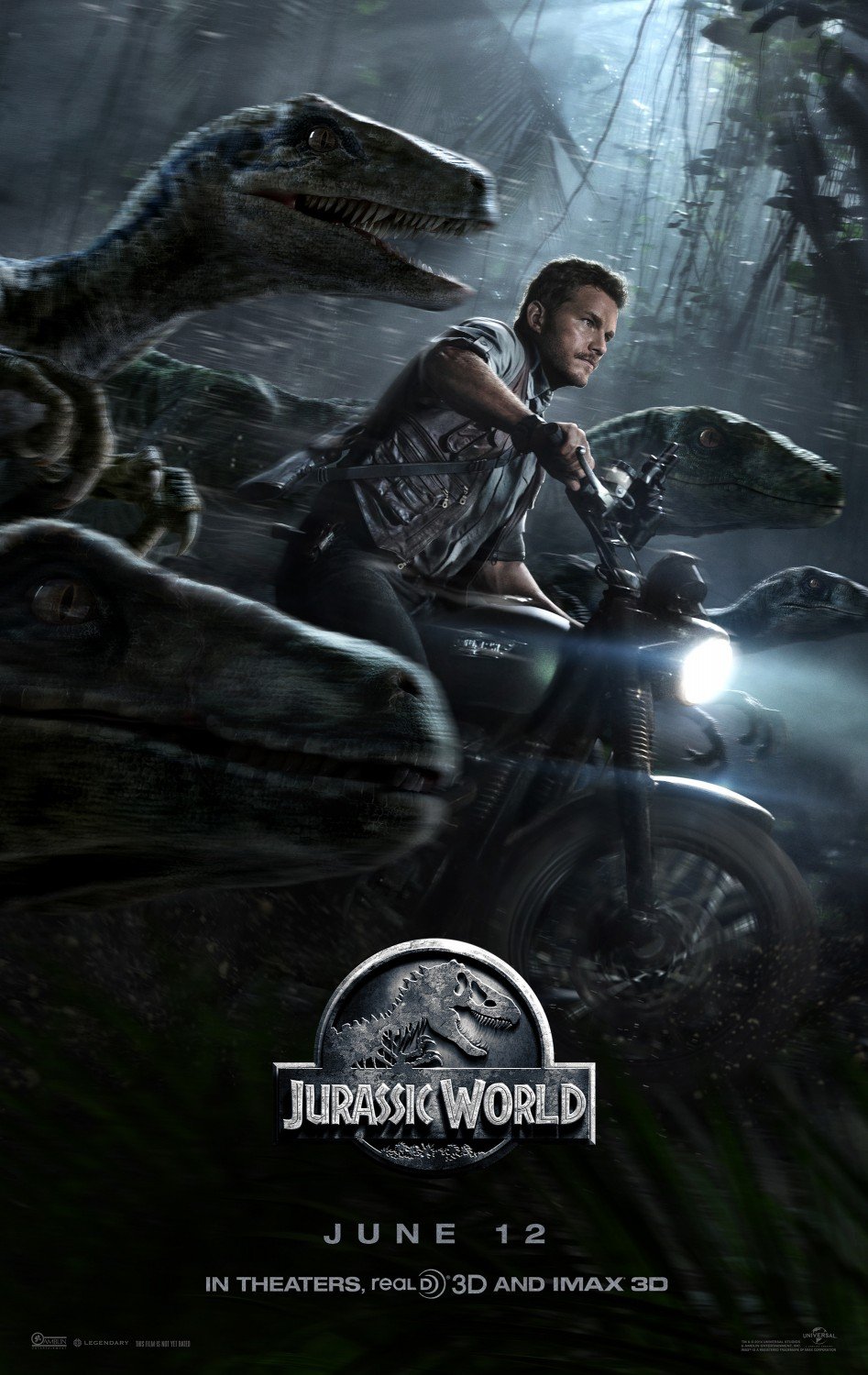When Crichton addressed the American Association for the Advancement of Science in 1999, he gaslighted the scientific community by saying that stereotypical portrayals of mad scientists and other negative tropes in the movies were absolutely normal (“Since all occupations are portrayed negatively, why expect scientists to be treated differently?”).
Read moreThe toxic legacy of Michael Crichton
“I’m telling you, this is the way modern society works – by the constant creation of fear.” The cover of Michael Crichton’s fourteenth novel, State of Fear (2004), courtesy of my local library. London: HarperCollins (cit. from Prof. Hoffman’s tirade on p. 456).









